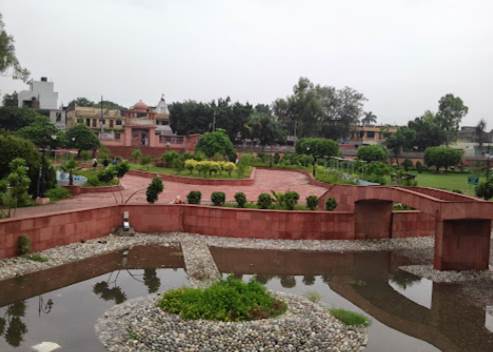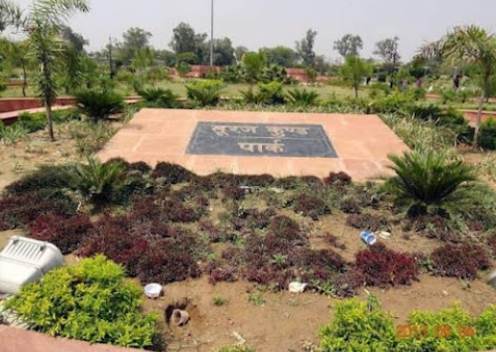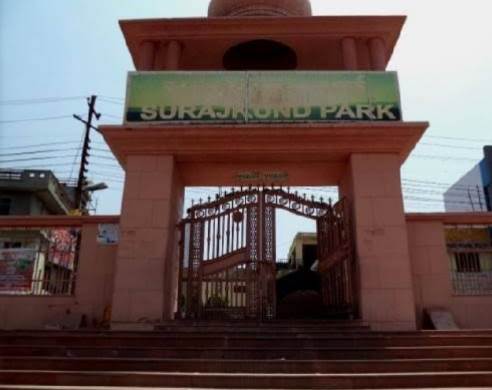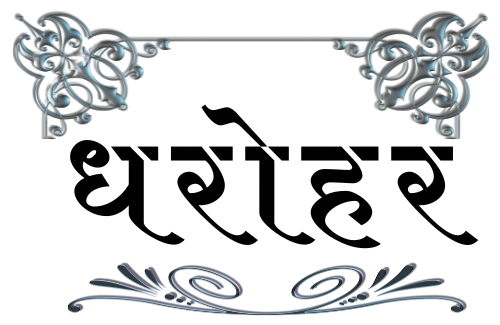



Suraj Kund
It was an ancient sacred water tank a short distance from the walled city of Meerut with temples all around its periphery. It was used by devout Hindus to take ritual baths, but the tank dried up completely sometime in the 1960s probably as a result of a fall in the groundwater table of Meerut. The tank is said to have been built in 1714 by Jawahar Mal, who was a merchant of Laawar, a village near Meerut. Around 10 years ago, ancient pillars and pieces were found at the Surajkund which were later plastered into the west wall of Baba Manohar Nath Temple in the vicinity. These pieces appear to be of an ancient temple probably of the Gurjar Pratihaar era about 1100 years ago. In a recent survey, seven temple complexes were found on the periphery of the water tank. In present times, Surajkund is identified with the main cremation complex that exists here and also with a massive well well-kept Park maintained by the civic authorities.

